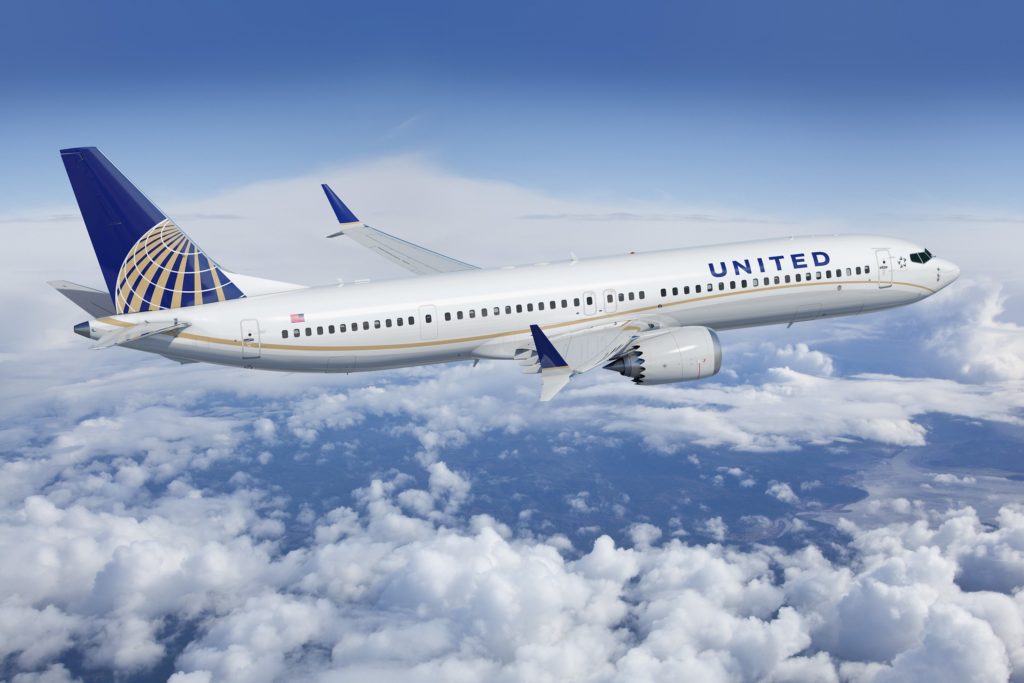
As you may or may not know, I maintain a list of my own values for major miles and points “currencies.” That includes all the major bank points as well as popular airline and hotel programs. I use this for both MilesTalk reader information and on YourBestCreditCards.com as the underlying value of each mile or point to use when calculating expected ROI on credit card spend.
In this article
What is a Marriott Bonvoy Point Worth?
I’ve reduced values twice in the last couple of years.
I updated these lists was last year after the first wave of Bonvoy devaluations (top tier went from 60,000 a night to 85,000 a night). At that time I reduced the value of a Bonvoy point, which roughly tracks the dividing line between when you would pay cash or consider using your miles or points, from 0.8 cents to 0.7 cents.
Last April, I also reduced the value of a United mile from 1.4 cents to 1.3 cents. I reduced Delta at that time to 1.2 cents and knocked 0.1 cents off of a Chase Ultimate Rewards point.
While I’m a bit delayed here, it’s clear that with the introduction of Peak Pricing (and top tier properties now going for up to 100,000 points a night) and Marriott’s ability to continually readjust peak days to give you lower odds of maximizing fewer points for higher priced days, the value has decreased. I think it’s clear that this value has fallen enough to justify a decrease to 0.6 cents per point, or a roughly 14% decrease in the value of a Bonvoy point.

I now value a Marriott Bonvoy point at 0.6 cents each vs. the previous 0.7 cents each.
What is a United MileagePlus Mile Worth?
United has been moving pretty fast and furiously to erode the value of a MileagePlus mile over the last couple of years.

They already charged more for partner awards. For example, charging 60,000 miles for a United-metal award to Europe in Business Class, but 70,000 to fly a partner like Lufthansa, Swiss, or Austrian.
Last August, United introduced dynamic pricing on their own awards. I called it a “program gutting” at the time, but I mused in that article that so long as partner awards remained intact at current levels, we could adapt. They did say at the time that Partner Awards would become dynamic, but didn’t implement it.
A few months ago, United added a close-in booking fee of 2,000 – 3,500 miles for flights booked within 30 days of travel.
And yesterday, United increased the pricing of most (though not quite all) partner awards by 10%.
It’s been in drips and drabs, but it’s clear that if I valued a United mile at 1.3 cents last April, the dynamic pricing on United metal and 10% increase on partner metal warrants a corresponding decrease in the value of a United MileagePlus mile.
I now value a United MileagePlus mile at 1.2 cents each vs. the previous value of 1.3 cents each.
Why Adjust the Values?
Here’s how I define the methodology and purpose of my miles and points values:
Each “value” is basically the absolute minimum I would redeem for. The average person, with just a tiny bit of effort to understand the sweet spots of each program, should be able to extract this valuation fairly easily.
The way I recommend reading it is that you wouldn’t ever want to redeem for less value than in this table (unless you are points rich and cash poor), nor would you ever want to buy or transfer miles to these programs for more than the stated value unless you had a specific redemption lined up.
It also follows, then, that as long as you are redeeming one of these currencies for more than the stated value, it’s potentially worth using the points or miles. You will have to determine the so-called yield curve for yourself. For example, I value Marriott points at 0.6 cents. For one person, a yield of 0.6 cents is great. For another person, they may tend to get better yields and only redeem when the value is a penny or more. There’s no right or wrong, but this table should help you make an informed decision. In all likelihood, the faster you earn points, the lower the value you will take for each point.
I also recommend reading: A point is not equal to a point… or a mile.
In short, if I don’t update these values from time to time, then the logic around what spend to put on which credit cards falls apart. The rewards optimization calculator I built for YourBestCreditCards.com relies on accurate point values.
In general, since someone wanting to apply for a credit card would be more inclined to do so if I assign higher values, a blogger could be tempted to inflate the values to make the cards even more markedly superior to cash.
I think it’s most important to have your trust.
That doesn’t mean you won’t disagree with my point values. They are, in the end, subjective. The more experienced you are with a particular program, the more you may value it personally.
How would you value United MileagePlus miles and Marriott Bonvoy points?
Let me know here, on Twitter, or in the private MilesTalk Facebook group.
You can find credit cards that best match your spending habits and bonus categories at Your Best Credit Cards.
New to all of this? My “introduction to miles and points” book, MilesTalk: Live Your Wildest Travel Dreams Using Miles and Points is available on Amazon and at major booksellers.



















